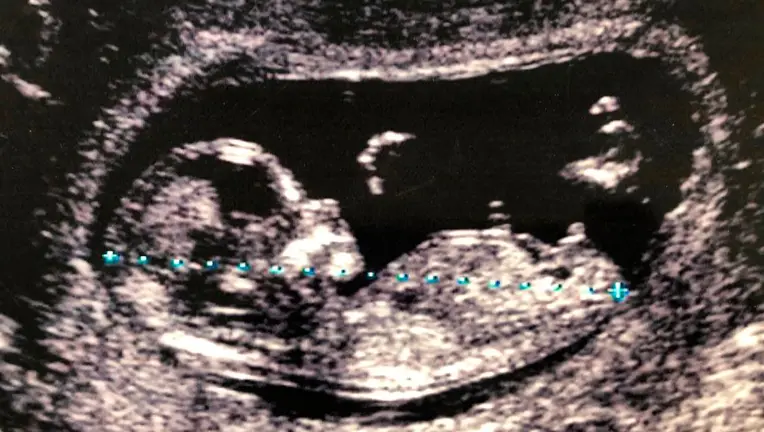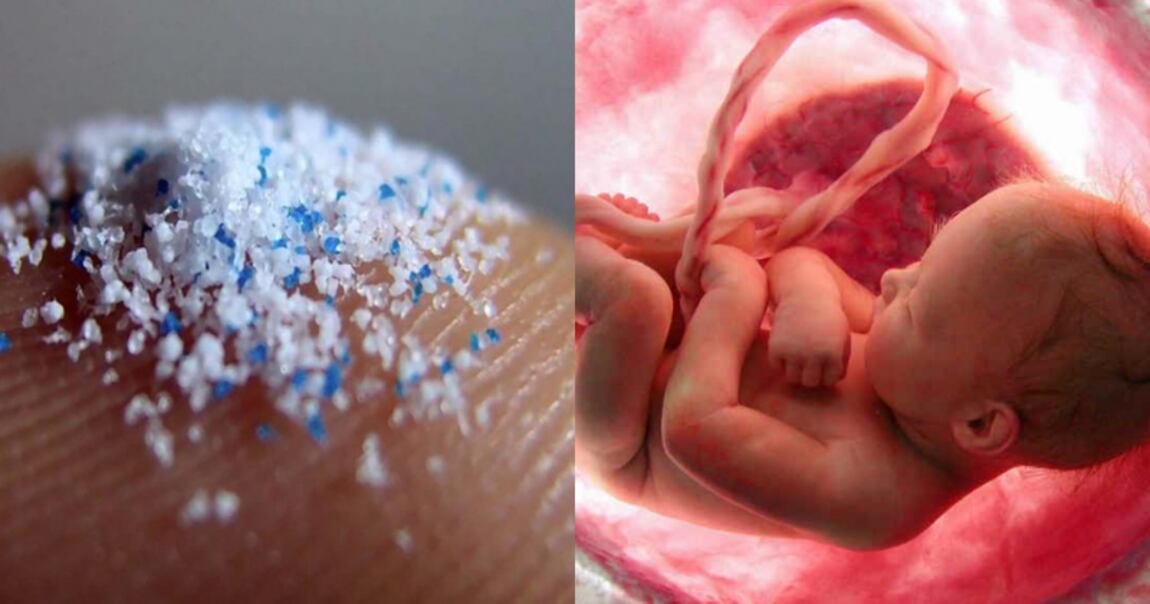Studies just showed that there is microplastic in the placentas of unborn babies that was the first time the report such findings. This suggest critical issue because the precise impact of these microplastic on human health is still uncertain. The microparticles could be carrying hazardous substances which could negatively impact the health of the future baby permanently or change the immune system of the developing infant. Owing to the fact that mothers have most likely ingested or inhaled these particles, they have a higher probability of developing persistent health issues.
There was an analysis done in relation to placentas from four healthy pregnant females, who achieved normal births altogether, and it was found that microplastics were present on both the fetus and the mother side as well as in the membrane, that surrounds the fetus. Just at 0.04% of placenta was of the tested case, implying the higher placental pervasiveness, yet a dozen plastic particles were discerned. These elements, ranging from blue through red, orange or pink, might have supplied by packaging or from paints or makeup.
water molecules are estimated to have diameters of about 2. 5 Angstroms unlike these plastics, thus interfering with chances of transport of micro plastics in the bodies of babies. However, the researchers expressed certain scepticism about these observations. Antonio Ragusa, the study’s author, having analyzed the issue, considered the new invention as “cyborg babies” as they are of sorts of human cells and non-organic elements.
In an article published in the journal Environment International, the researchers pointed to the primary function of the placenta in the fetus growth and its possible incapability to withstand synthetic plastic particles. The researchers propose a low-cost biomonitoring to detect the pollution and indicate the degree of contamination. Moreover, it is critical to investigate the immunotoxicity of microplastics presence in the environment as contaminants may be released and, as a result, damage to the fetus. Along with the other potential effects on the fetus’s development, this was also an important consideration.
Among the findings was the absence of microplastic particles in placentas of two other women, which is indicative for the richness of physiology, diet, and lifestyle differences. Hence, this finding comes on the heels of microplastic awareness, which stems from the growing understanding that microplastic particles have completely penetrated the planet and that the air we breathe is the only exception.
Scientists are uncertain about how these particles impact the body, but they emphasize the urgent need to understand their effects, especially on infants. Recent findings in October disclosed that babies who consume formula from plastic bottles are ingesting millions of these tiny particles daily. Furthermore, a 2019 study revealed air pollution particles on the fetal side of placentas, indicating unborn babies’ exposure to polluted air generated by motor traffic and the burning of fossil fuels.
To ensure the accuracy of their study, Italian researchers followed a plastic-free protocol during the childbirth process to prevent any contamination of the placentas. Obstetricians and midwives wore cotton gloves while assisting in labor, and only cotton towels were used in the delivery room.
While it is reassuring that the babies in the study had normal births, Professor Andrew Shennan from King’s College London noted that it is preferable to avoid foreign bodies during the baby’s developmental stages. Elizabeth Salter Green, representing the chemicals charity Chem Trust, expressed concern over the study’s small size but underscored its worrisome implications, stating that babies are essentially being born already exposed to pollution.
In a separate recent study, it was discovered that nanoparticles of plastic, inhaled by pregnant laboratory rats, were detected in various organs of their fetuses, including the liver, lungs, heart, kidney, and brain. These findings collectively highlight the growing concerns surrounding the early exposure of infants to potentially harmful particles, urging further exploration and understanding of the broader implications on human health.
NMP is such a problem that it is almost everywhere, even in an unborn baby tissue’s cells. There was a recent research done by scientists from the Department of Pharmaceutical Sciences at the University of New Mexico Health, which was published then in Toxicological Sciences. The specimens that analyzed were placentae of 62 women and in each of these women with early pregnancy, NMPs were identified.
Microplastics discovered in every single placenta that was examined in a recent scholarly investigation.

Scientists are worried by the growing use of plastics causing serious outdoor pollution, where plastics are accumulated mostly in the form of microplastic and nano-particles. Even though we do not know about the total risk of plasticism yet, researches still discover some disconcerting consequences. An example is the case of a study conducted in 2023 using mice and it revealed that microplastic exposure can affect the behavior of the animals, producing effects such as dementia in humans and tissue alterations at the cellular level in liver and brain tissues. The dominant species in the study experienced a greater degree of life distress in the older age range.
The team of New Mexico in association with the Baylor College of Medicine and Oklahoma State University NPRDC Coordinated Investigation discovered the presence of NMPs in all 62 placentas studied using sobbing technique. This job envelope included separating specific compounds from human tissue samples using a centrifuge, integrating general plastics and determining their composition. The most common plastic globally, also a kind of polyethylene covered about 54 percent, and the pursuit of polyvinyl chloride and nylon made up of 10 percent each.
And it was found, although the concentrations of NMPs ranged between 6.5 – 790 microgram per 1g of tissue in the going tissue samples (levels that are relatively small) yet the toxicologists were still cautious about the toxicity at such less level. Meanwhile, the tightening outside this yolk as calculated in an ultrasound of an eight-months-old mind, was just the shrinking little amount of harm that would cause men in the course of lifetime, which would only escalate with time.
He highlighted that the disposal of plastics have been increasing to the environment by 20 times of which its total amount would double every 10-15 years if nothing is done. Moreover, the amount of its disposal will be three times higher in the year 2050 compared to its current amount.The variation in the chemical makeup of NMPs, that has been confirmed scientifically, bears some environmental impacts. The hazard carriers for other toxic materials is another one of their negative impacts. Among these are the mediators that are usually related to the development of metabolic syndromes, obesity, reproduction problems, and different types of cancer.
NMPs live on the heights and great depths, they are broadly presented even in open air, such as the peaks of the mountains or the depths of the oceans. The presence is not only in the womb but it can also be found in bio-medical waste, drinking water, food, atmospheric air, and of course, human blood and milk as well. The researchers are claiming that if similar effects are observed in placentas, a causal link between the toxicity of the compound and negative consequences for animals, even their birth, might be established.

